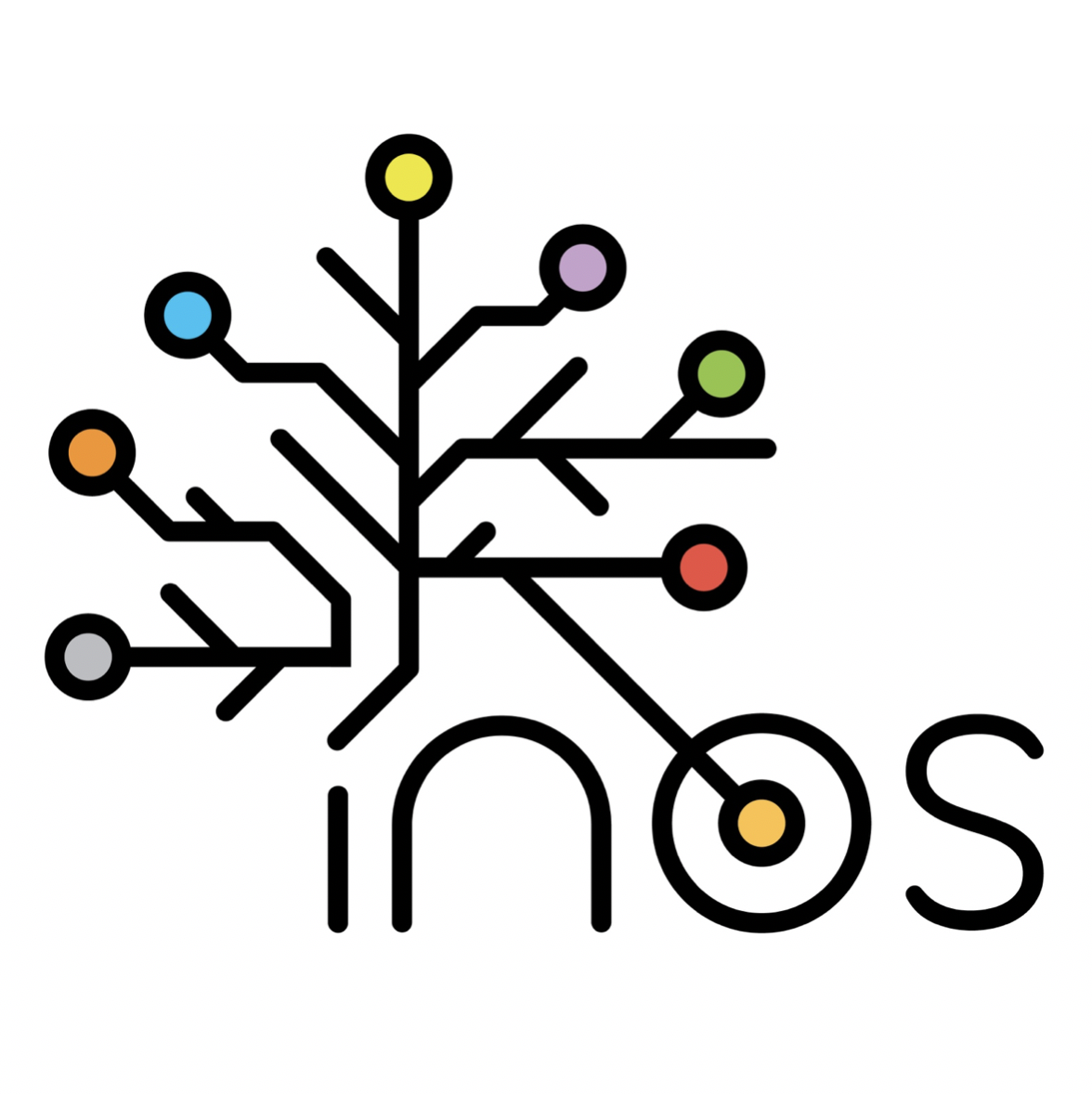24 Feb How Pedagogy Improves Open Science & Open Innovation Activities
Open science and open innovation activities — including those focused on citizen science — should be transparent, accessible, shareable and open to participation. This commitment to open practice improves the quality of scientific and innovation outputs, while also promoting public engagement with science and technology, openness and active citizenship.
Within the INOS Project, we have studied how the social impact of these activities could be further increased by grounding learning components with a solid pedagogy. This is particularly important for the many Higher Education Institutes (HEIs) which are involved with organising such activities.
Our report assessing the current status of learning design in open science/innovation learning activities, including an analysis of 24 case studies, is now available: INOS O2A1 SOTA analysis.
In our analysis, we found many possible types of open science activities with a learning component. Despite the diversity, collective analysis of the case studies revealed groups of activities with similar learning goals. Approaching activities by their learning goals is important for organisers, since these goals ultimately shape activity design. Popular knowledge gaps that open science/innovation activities aim to address include:
- Knowledge or awareness of a particular topic (ubiquitous to all activities)
- Soft and technical skills needed for proper and open science/innovation practice
- Knowledge of the scientific inquiry method
- Open data skills
Learners can be from within HEI communities (e.g. researchers, university students) as well as outside HEI communities (e.g. general public, school students, industry members). Activities can also be conducted for these groups separately or together. Participants are sometimes given agency to be part of the learning design themselves through project-based learning approaches. However, there is the potential to improve participant involvement in learning design at the planning stage and through the collection of learner responses.
Four main learning approaches were identified from the case studies:
- Project-based learning;
- Inquiry-based learning;
- Collaborative learning;
- Blended learning.
Learning approaches are often combined and adapted to suit the learning goals and objectives. Each approach has benefits for open science/innovation activities. For example, project-based learning is good for developing innovation/collaboration skills, which are important for open science/innovation practice.
In addition, informal science learning (i.e. learning by participation) is a common learning approach used in many citizen science activities. However, participation alone is not sufficient to ensure learning. It is argued that formal learning design should be adopted to better deliver this goal. As done by the citizen science case studies included in our report, a natural method to do so is to embed participation in citizen science activities into an inquiry-based learning format. Other pedagogical aspects described in the SOTA report include learning settings, and learning tools and resources.
Overall, our SOTA analysis showed a lack of information on learner responses of open science/innovation activities. To make future improvements to teaching practices in open science/innovation activities, our report suggests that it is important for more activities to collect learner responses (e.g. feedback, learning assessments, learner analytics and evaluation). There is also limited literature on the pedagogies of these activities. Based on the available information on these case studies, motivators of learning in open science/innovation activities include active learning, authenticity, learner-centred learning, the use of technology, personal mentorship and guidance from experts. Challenges of learning include initial difficulties for participants to learn unfamiliar open skills, and that significant time and effort may be required to develop a pedagogically-sound open science/innovation activity.

